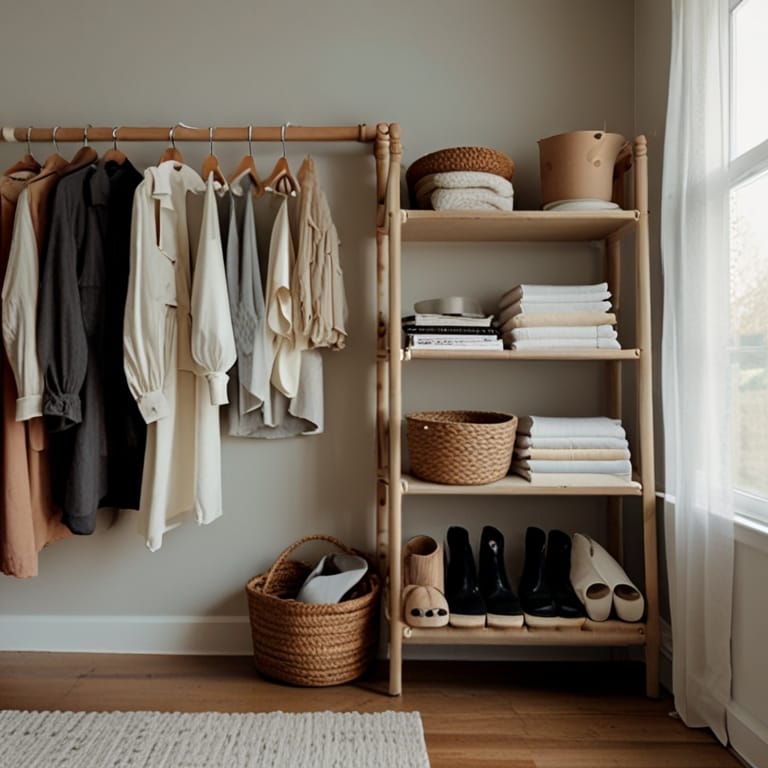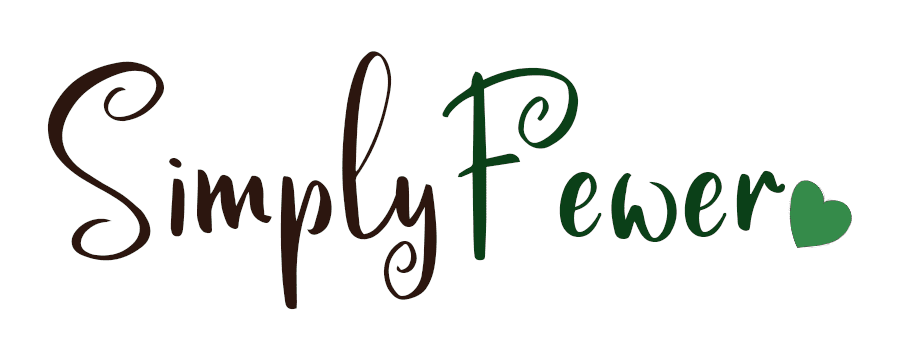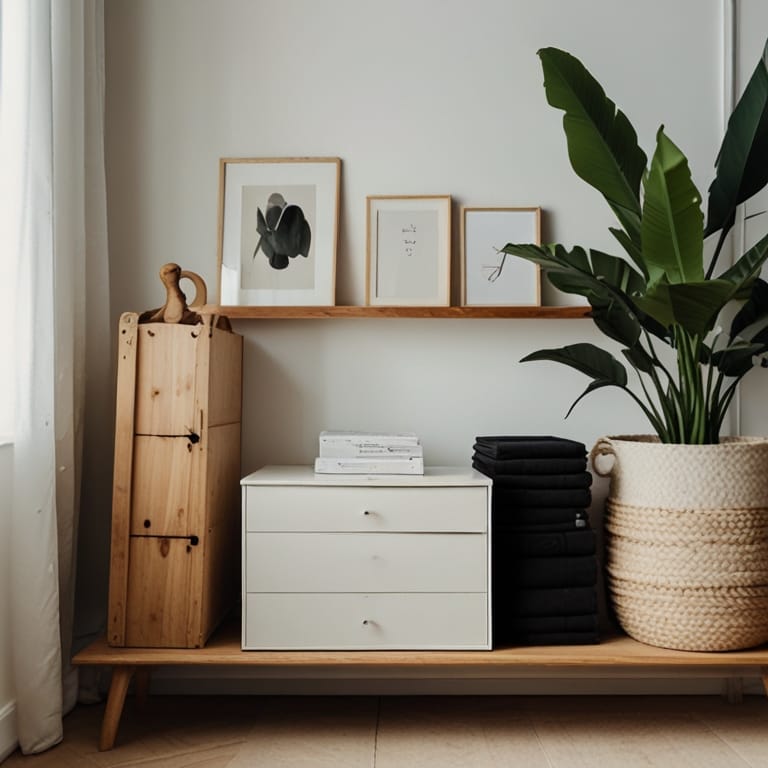Have you ever walked into a room and felt instantly overwhelmed by the clutter? You’re not alone. The truth is, our homes reflect our minds—and when our physical spaces are chaotic, our thoughts tend to follow. That’s where Decluttering & Home Organization steps in. This article will guide you, room by room, through simple, practical strategies to transform your home into a haven of peace and purpose.
Imagine your home as a calm cup of herbal tea instead of a double shot of espresso on a Monday morning. That’s the shift we’re aiming for—a slower, more intentional way to live. From the kitchen to the closet, we’ll walk through how to declutter, organize, and design a minimalist home without feeling like you’re sacrificing comfort or personality.
Table of Contents
The Power of Decluttering: Why Less is More
Before we grab baskets and labels, let’s talk about why decluttering matters. Decluttering isn’t just about having fewer things—it’s about creating more space for what truly matters. According to a study by UCLA’s Center on Everyday Lives of Families, women’s cortisol levels were directly linked to the volume of household items. In short: clutter stresses us out.
Decluttering is like peeling back the layers of a noisy onion. The more you remove, the more clarity you gain—not just visually but emotionally. Picture this: You’re trying to make pancakes with bacon on a Saturday morning, but you can’t find the skillet. You’re digging through four drawers, knocking over plastic lids and expired spices. It’s frustrating, right? Now imagine everything you need is exactly where it belongs. That’s the peace of organization.
Expert organizer Marie Kondo said, “The best way to find out what we really need is to get rid of what we don’t.” It’s not about living with nothing. It’s about living with intention.
Decluttering the Kitchen: From Chaos to Clean
The kitchen is the heart of the home—and often, the messiest. It’s where mornings begin with coffee and evenings end with dishes. But it’s also where clutter can sneak in faster than butter melts on a hot pan.
Start with the pantry. Check for expired items, duplicate spices, and foods you’ll realistically never eat. A good rule of thumb: if it’s been untouched for six months, let it go. Use clear containers and labels so you can see what you have.
Next, tackle the cabinets. Keep only the essentials. Do you really need five spatulas? Probably not. Keep what you use daily within arm’s reach and store less-used items higher up.
Don’t forget the countertops. These are prime real estate. Only leave out what you use every single day—like your coffee maker or toaster. Everything else can be tucked away.
A minimalist kitchen not only looks cleaner but functions better. Cooking becomes a joy, not a chore. And when everything has a place, you’ll find that preparing your favorite breakfast wrap is a breeze.
Living Room Reset: Creating Calm and Comfort
The living room is where life happens—family movie nights, conversations over tea, quick naps on Sunday afternoons. It should feel welcoming, not overwhelming.
Start with surfaces. Clear off coffee tables, side tables, and media consoles. Keep only what adds beauty or function—like a candle, a bowl for remotes, or a few carefully chosen books.
Edit your décor. Minimalism doesn’t mean bare walls. It means intentionality. Choose art or photos that bring you joy or reflect your values. Use neutral tones and soft textures to create a calm atmosphere.
Rethink your furniture. Is every piece necessary? A crowded room feels chaotic. Opt for multi-functional furniture like storage ottomans or nesting tables.
Tame the tech. Use baskets or hidden compartments to organize cords, remotes, and devices.
Think of your living room like a slow melody—it should flow gently, not clash with noise. Less clutter means more room for connection.
Minimalist Bedroom: Rest, Rejuvenate, Repeat
Your bedroom should be a sanctuary, not a storage unit. It’s where you rest and recharge. But often, it’s the first place clutter goes to hide.
Start with your nightstands. Keep only the essentials—perhaps a book, a lamp, and a glass of water. Clear surfaces calm the mind.
Rethink your wardrobe. Adopt the capsule wardrobe method. Keep versatile, quality pieces and donate what no longer serves you. Organize by category and color for a clean look.
Limit distractions. Ideally, remove TVs and work items. If that’s not possible, use a decorative screen or shelf to separate spaces.
Upgrade your linens. Soft, neutral bedding not only feels good but also aligns with minimalist aesthetics. Add texture with a throw blanket or simple cushions.
A clutter-free bedroom invites better sleep and a calmer morning. It’s your retreat from the world.
Bathroom Bliss: Organize the Often-Overlooked
Bathrooms are small but mighty—and surprisingly easy to declutter.

Start under the sink. Toss expired products, half-used cleaners, and mystery bottles. Use stackable bins or drawers to create structure.
Streamline toiletries. Do you really need five different shampoos? Keep your routine simple and stick to products you actually use.
Use vertical space. Wall-mounted shelves or hooks can add storage without crowding the space.
Add a touch of spa. Rolled towels, a eucalyptus plant, or a minimal soap dispenser can transform the feel.
Decluttering the bathroom is like giving it a mini spa treatment—it’s cleaner, calmer, and way more functional.
Decluttering Kids’ Rooms Without the Meltdowns
If you have children, you know that toys have a magical ability to multiply overnight. But decluttering a child’s room doesn’t have to mean tears.
Involve your kids. Let them help sort through toys, clothes, and books. Ask questions like, “Do you still play with this?” or “Which ones are your favorites?”
Create zones. Designate areas for reading, playing, and sleeping. Use bins or cubbies to keep things in order.
Rotate toys. Store half the toys in a bin out of sight. Every few months, swap them out. It keeps things fresh and exciting.
Keep it fun. Use colorful labels or pictures for younger kids. Turn cleanup into a game or a challenge.
Remember, the goal isn’t perfection—it’s peace. A tidy space can actually help children feel more secure and focused.
Home Office Simplified: Focus Through Function
In today’s remote-working world, the home office has become sacred ground. But clutter can quickly sap productivity.
Clear your desk. Keep only your essentials—laptop, notebook, a pen holder. Everything else should have a home in a drawer or organizer.
Go paperless. Scan documents and store them digitally. Use folders and naming conventions to stay organized.
Tame tech clutter. Use cable organizers and only keep the devices you regularly use.
Personalize with purpose. A plant, a quote, or a simple piece of art can inspire without distracting.
Your workspace should support your goals, not compete with them. A minimalist office clears space for clarity.
Closets & Storage Spaces: Hidden Clutter, Visible Impact
Closets and storage areas are where clutter likes to hide—but out of sight shouldn’t mean out of mind.
Do a deep clean. Take everything out. Yes, everything. Then sort: keep, donate, toss.
Use vertical space. Hanging organizers, over-the-door racks, and stackable boxes maximize space.
Label everything. Bins, boxes, and shelves should be clearly labeled so everyone knows what goes where.
Avoid the ‘junk drawer’ trap. Every item should have a home. If it doesn’t, ask if you really need it.
Treat your storage spaces like VIP rooms—not dumping grounds. They set the tone for the rest of the house.
Conclusion
Decluttering & Home Organization isn’t a one-time event—it’s a lifestyle. Room by room, you can shift from chaos to calm, from stress to serenity. A minimalist home isn’t just about looks; it’s about living with purpose.
Start small. One drawer, one corner, one room. The ripple effect is real. And before you know it, you’re living in a space that energizes you instead of draining you.
Minimalism isn’t about having less. It’s about making room for more—more clarity, more joy, more life.
Frequently Asked Questions
How do I start decluttering if I feel overwhelmed? Start small. Focus on one drawer or surface. Set a timer for 15 minutes. Progress, not perfection, is the goal.
Should I throw away gifts or sentimental items? Not always. If it no longer brings joy or adds value, it’s okay to let it go. Take a photo or write a memory to preserve the sentiment.
What if I live with someone who isn’t minimalist? Focus on your personal spaces first. Lead by example. Often, others follow when they see the benefits.
Can decluttering save me money? Absolutely. You’ll stop buying duplicates and unnecessary items. Plus, you’ll value quality over quantity.
How often should I declutter my home? Every season is a good rule of thumb. Quarterly check-ins help keep clutter from creeping back in.

